Come Inside the New African American History Museum (Photos)
Take a peek behind the scenes to see how curators, architects and designers are prepping for the museum’s historic opening
Dust clings to the windows. Electrical cords hang from the ceilings. A well-used architect’s plan is strewn across a table and a sign hangs from a door— “Smithsonian Punch List.”
Anyone going through a home renovation knows what that means—those are the final details that must be tended to before the project can be pronounced completed.
In this case, the project is the monumental new Smithsonian museum, the National Museum of African American History and Culture, which opens formally, and finally, after more than a decade of planning and building on September 24. The first African American to be elected president, Barack Obama, will cut the ribbon to open the doors.
We are here with a group of news reporters on a cloudy afternoon to get a first peek into the new $540 million, 400,000 square-foot museum, and its recently installed landscaping and the museum's spectacular 350-seat Oprah Winfrey Theater.
We’ll see the museum’s signature artifacts, still wrapped in heavy plastic and marked with caution signs. A 1944 Tuskegee airplane hangs at a steep pitch, its bright blue and gold paint hints at the vibrancy of what is to come when the museum welcomes its first visitors. A slave cabin, with its clad roof, is undergoing installation—a worker is inside stabilizing the structure. Nearby the 20-foot tall Angola Prison Guard Tower used in the 1930s and 40s to watch over prisoners at the Louisiana State Penitentiary casts its ominous shadow over the crowd of reporters. Inscriptions from such luminaries as Harriet Tubman (“God’s time is always near. . .”), Frederick Douglass (“The hypocrisy of the nation must be exposed. . .”) and Felix Haywood (“We all felt like heroes. . .”) adorn the walls in bold lettering.
Walking up to the front door of the museum from Washington, D.C.’s grand Constitution Avenue, the auburn color of the building’s signature corona cuts a zigzag pattern across the face of the marble gray bricks of the Washington Monument—analogous of what this museum intends to do.
This is a museum with a point of view, with a purpose that its director Lonnie Bunch has repeatedly told his donors, his curators, the press and the ordinary men and women who recognize him on the street.
This museum, he says, will tell the American story through the “lens of the African American experience.” And the corona, the elaborate ironwork consisting of 3,600 bronze-colored cast-aluminum panels that wrap around the outer layer of the building, says David Adjaye, one of the building’s principle designers, represents a chapter in that story.
The three-tiered design, he says, is a 21st-century interpretation of a Yoruban Caryatid, a traditional carved figure from Nigeria bearing a crown. The panels have been crafted in homage to the 19th-century enslaved laborers in Charleston and New Orleans, working without recognition on those cities iconic balustrades and ironwork.
The building itself, says Adjaye, is more than just a container to hold the museum’s artifacts and tell their stories, but one that honors its place on the National Mall. The five-story edifice is designed as a point of pride for its place among the important and nearby icons of American democracy—including the U.S. Capitol, the White House and the Jefferson, Lincoln and Martin Luther King memorials.
With paint drying on the walls and the hectic noises of preparation thrumming throughout the five floors, Smithsonian.com toured with camera in hand and now we are delighted to be among the first to offer a behind-the-scenes glimpse of a museum in the making.
/https://tf-cmsv2-smithsonianmag-media.s3.amazonaws.com/accounts/headshot/Beth_Head_Shot_High_Res-14-v2.png)
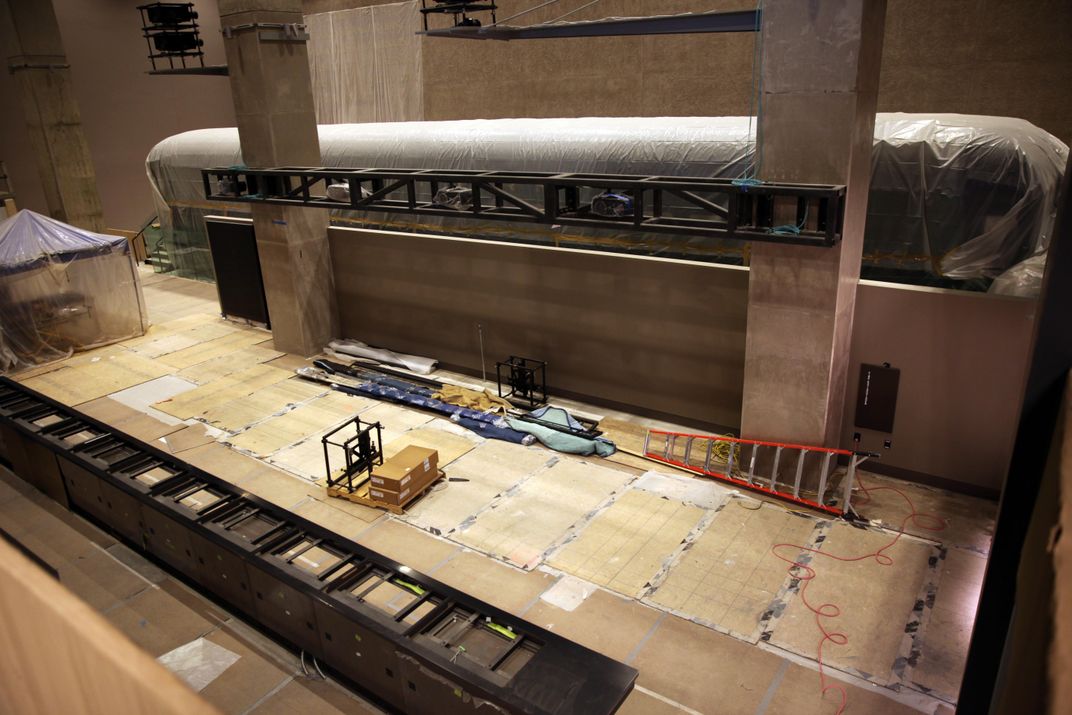
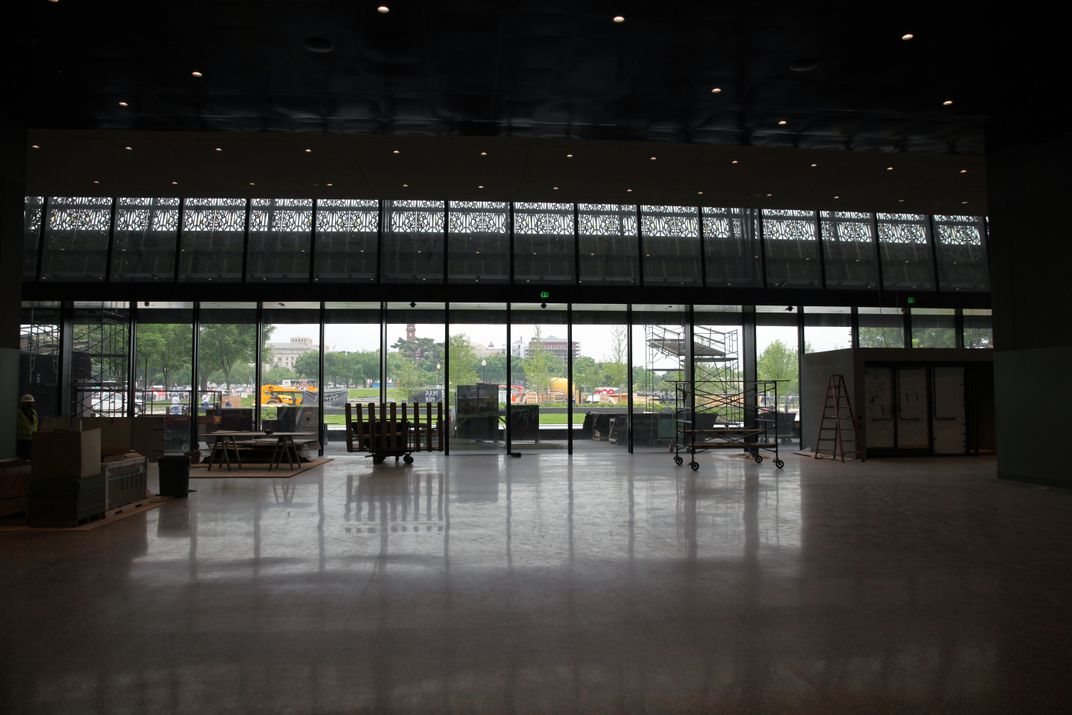
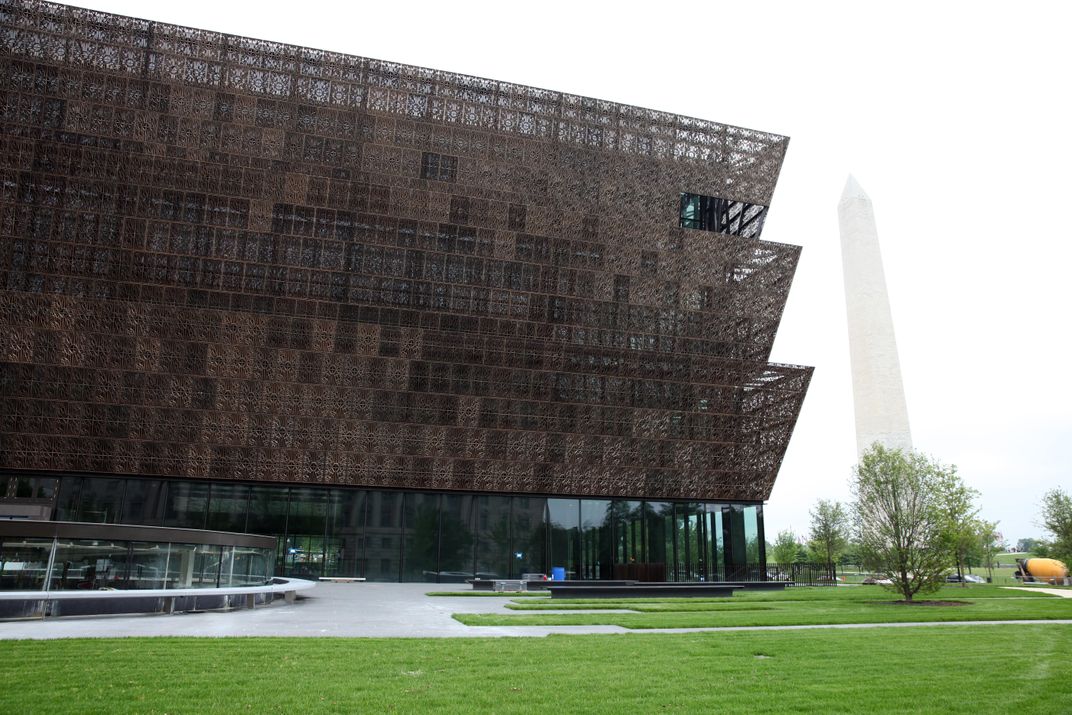

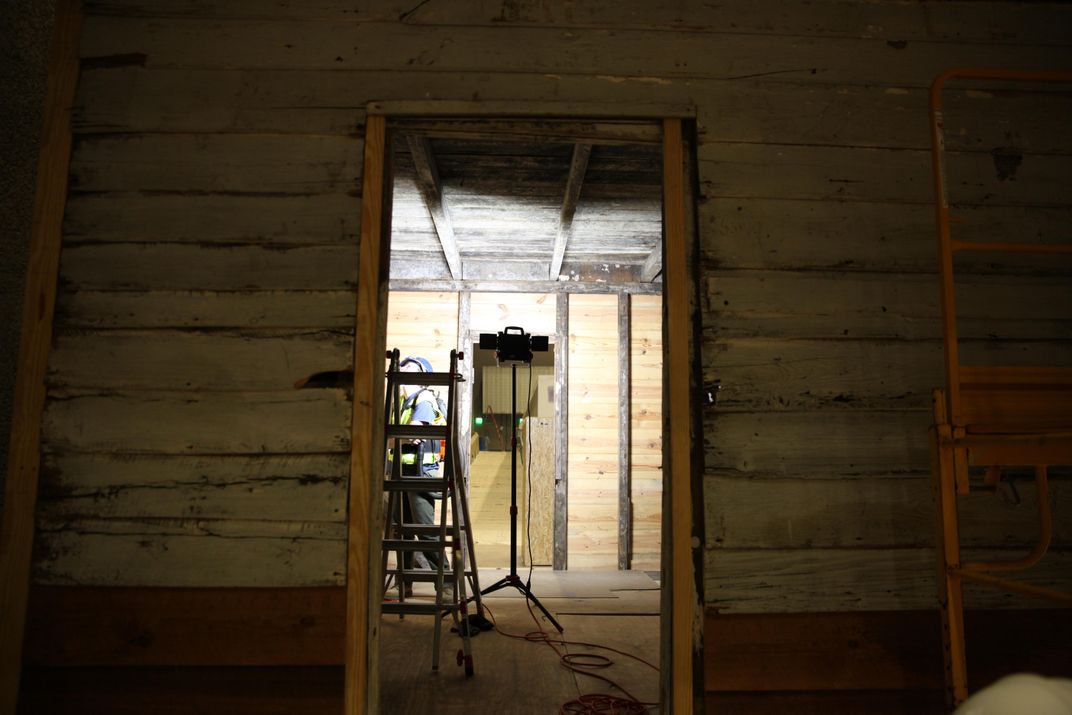
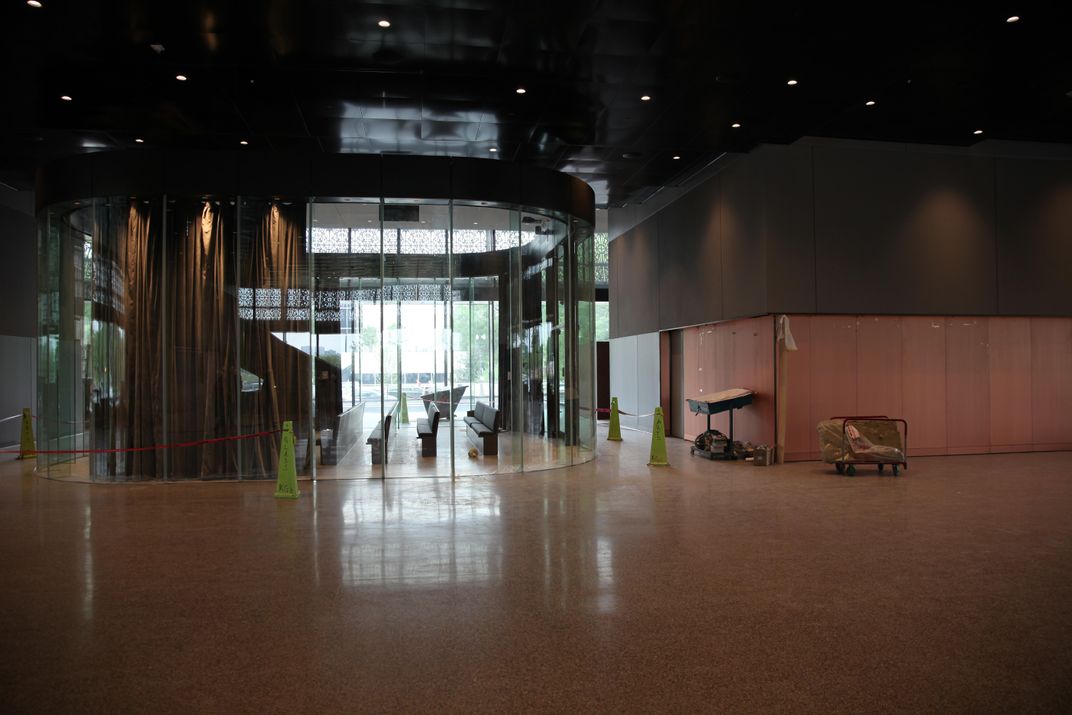
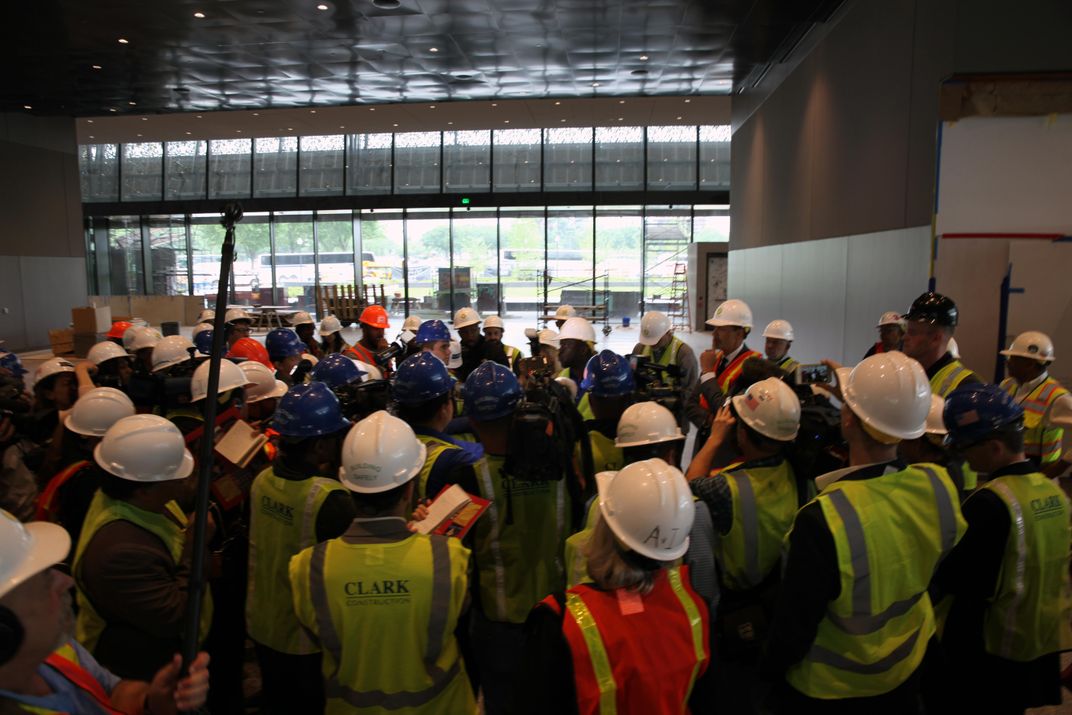
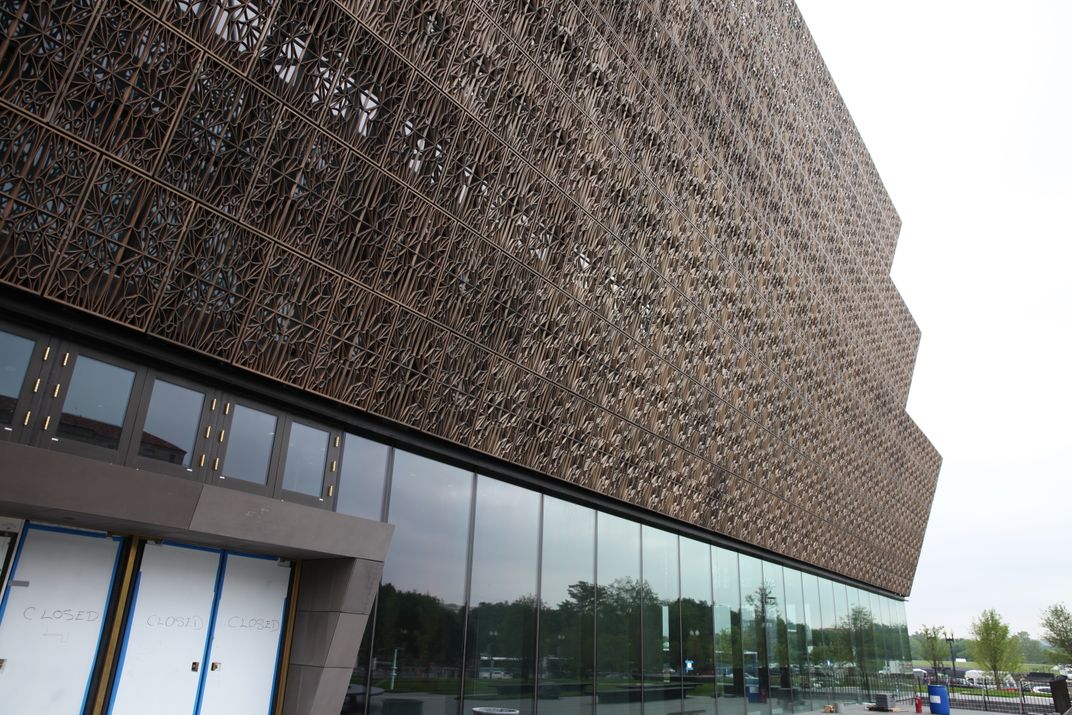

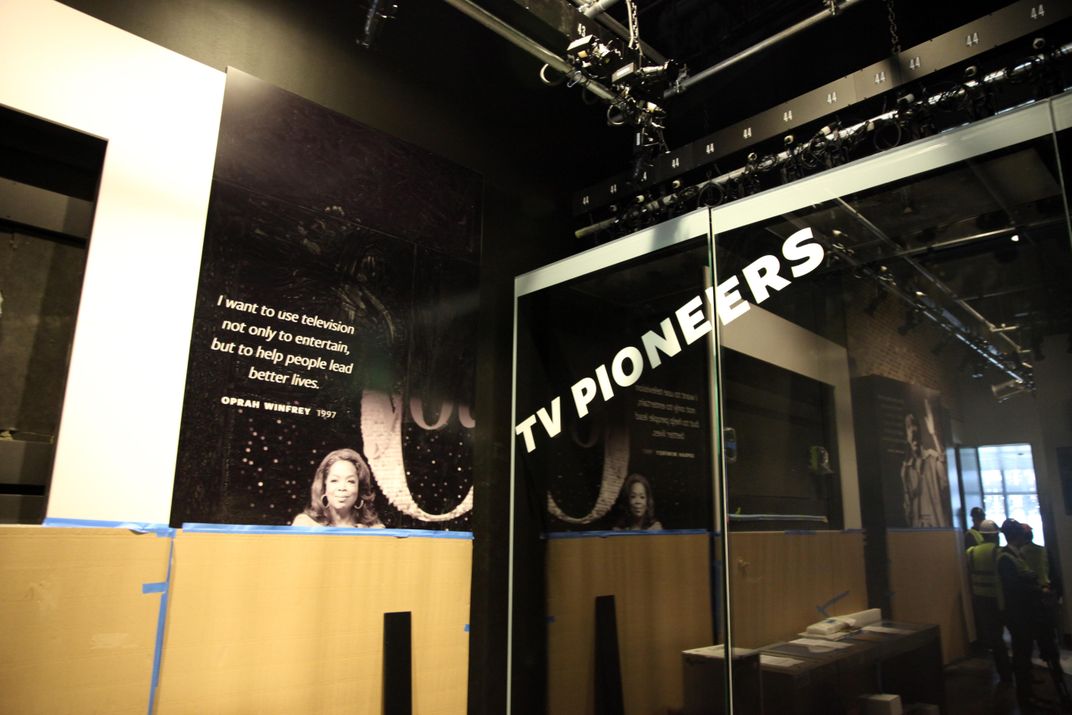
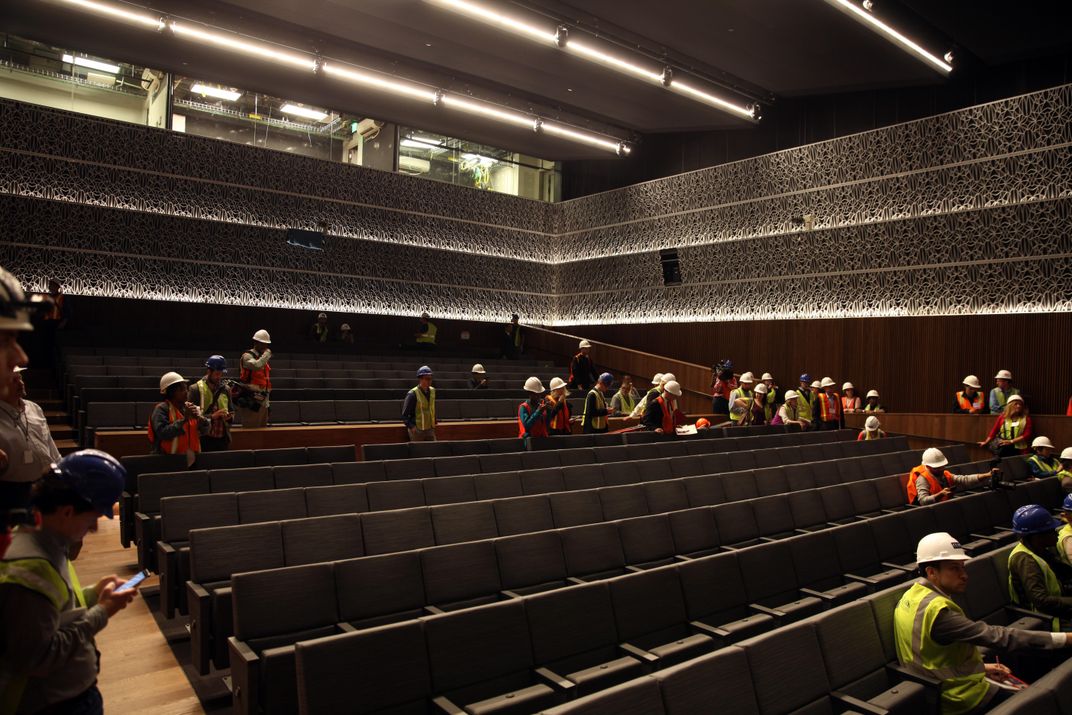
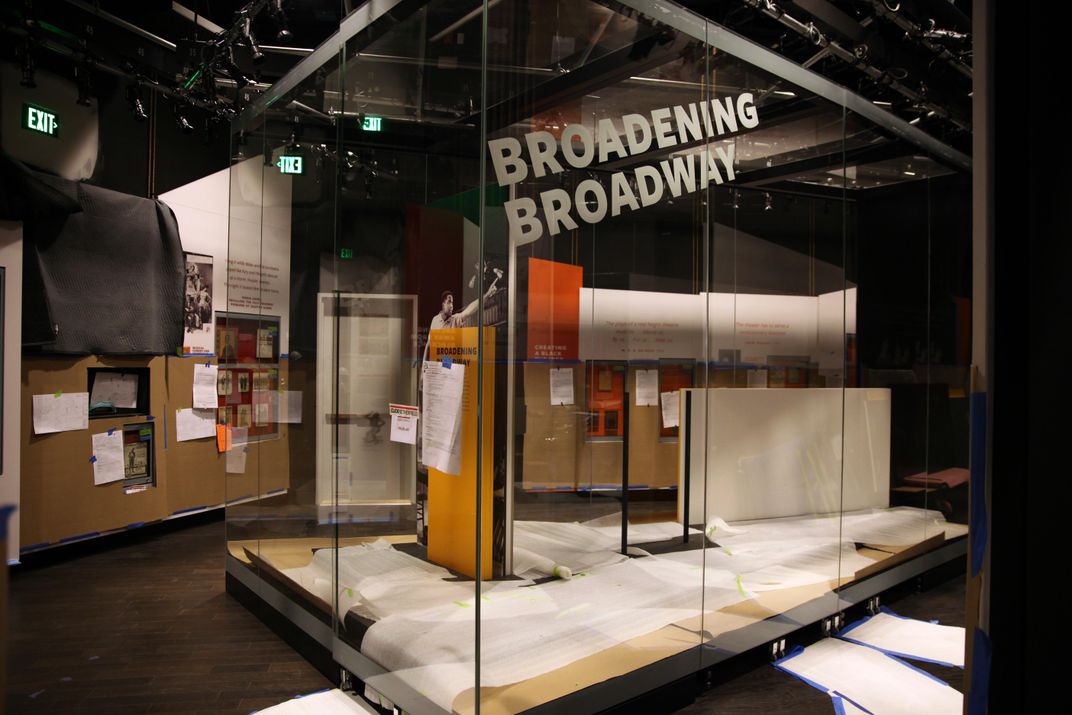
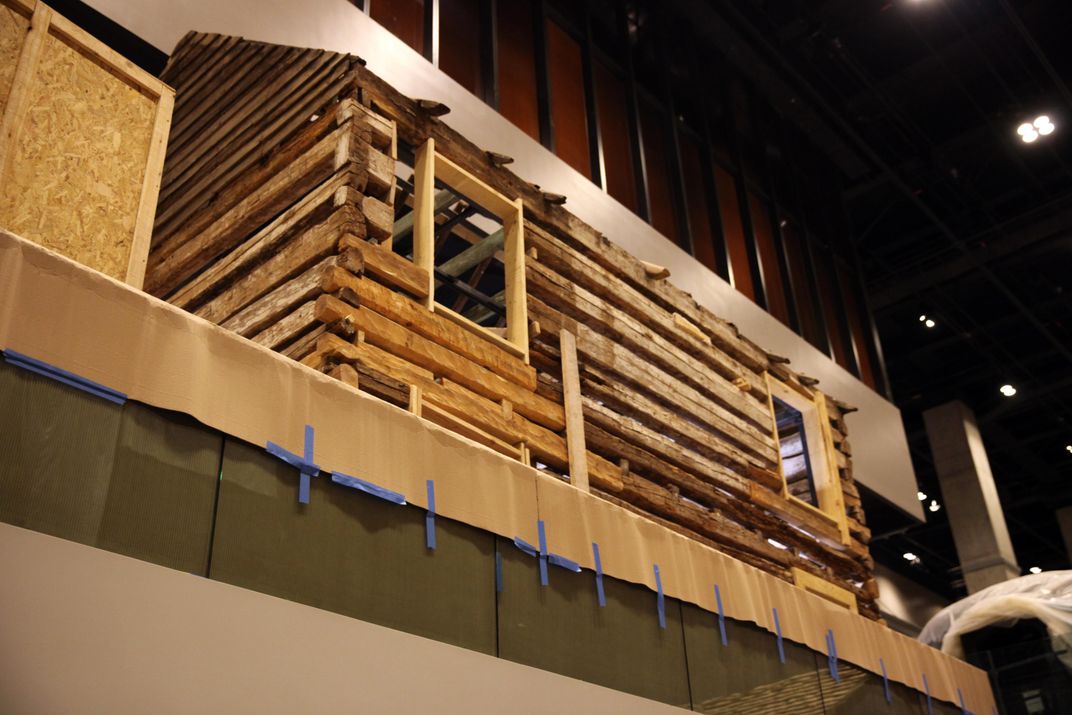
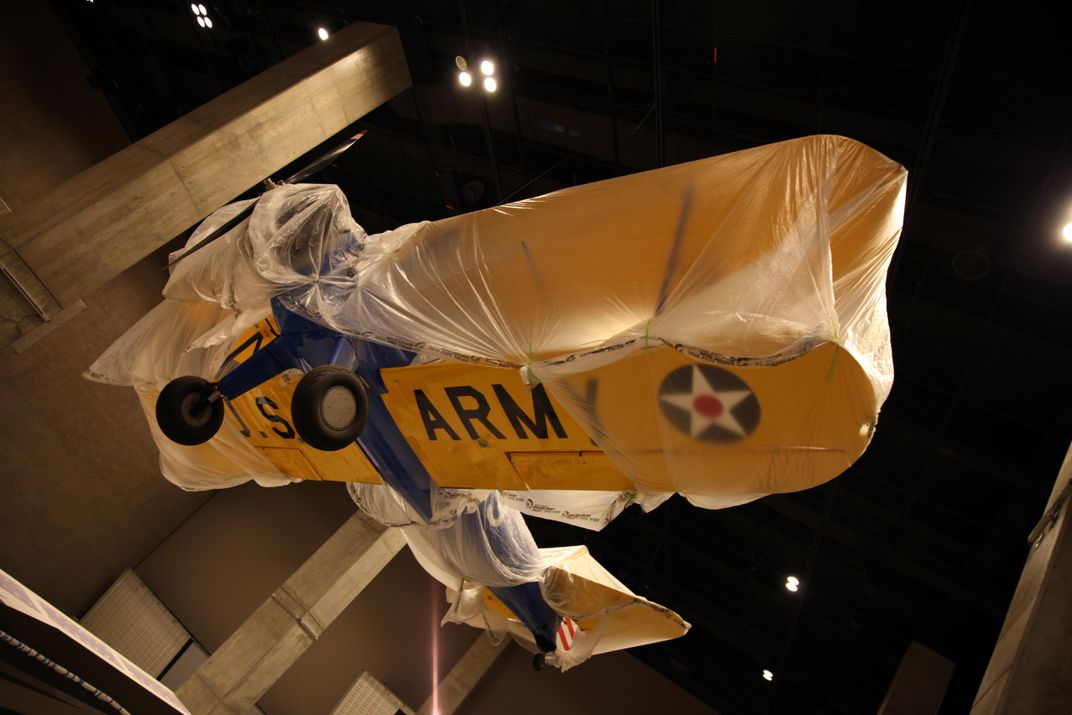

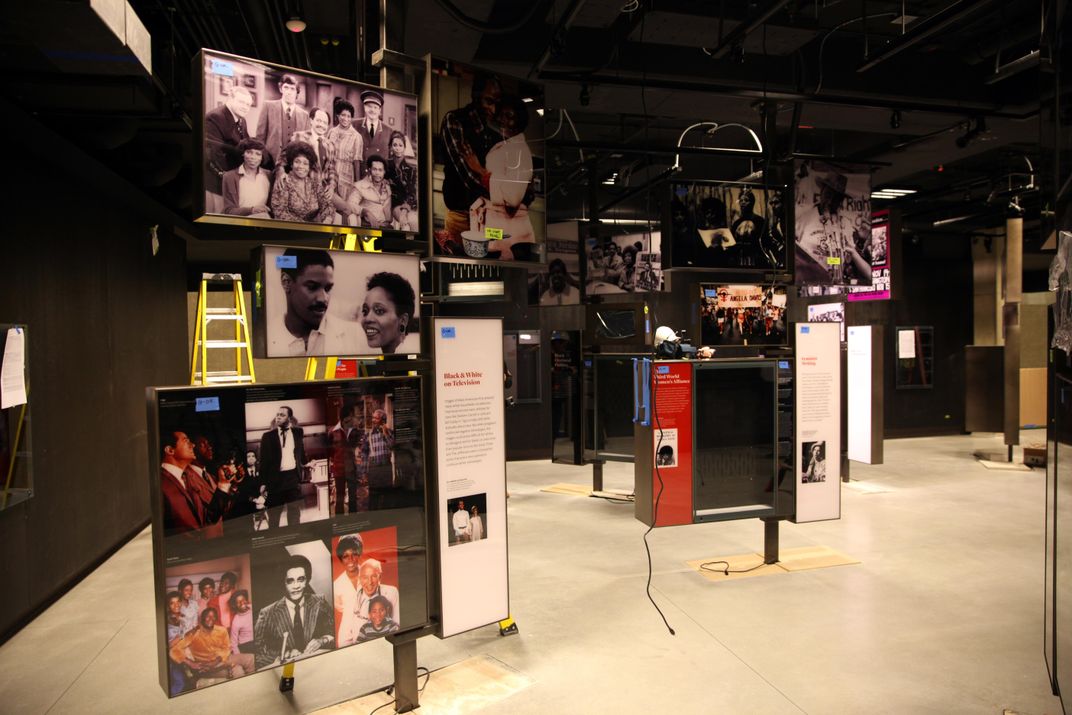
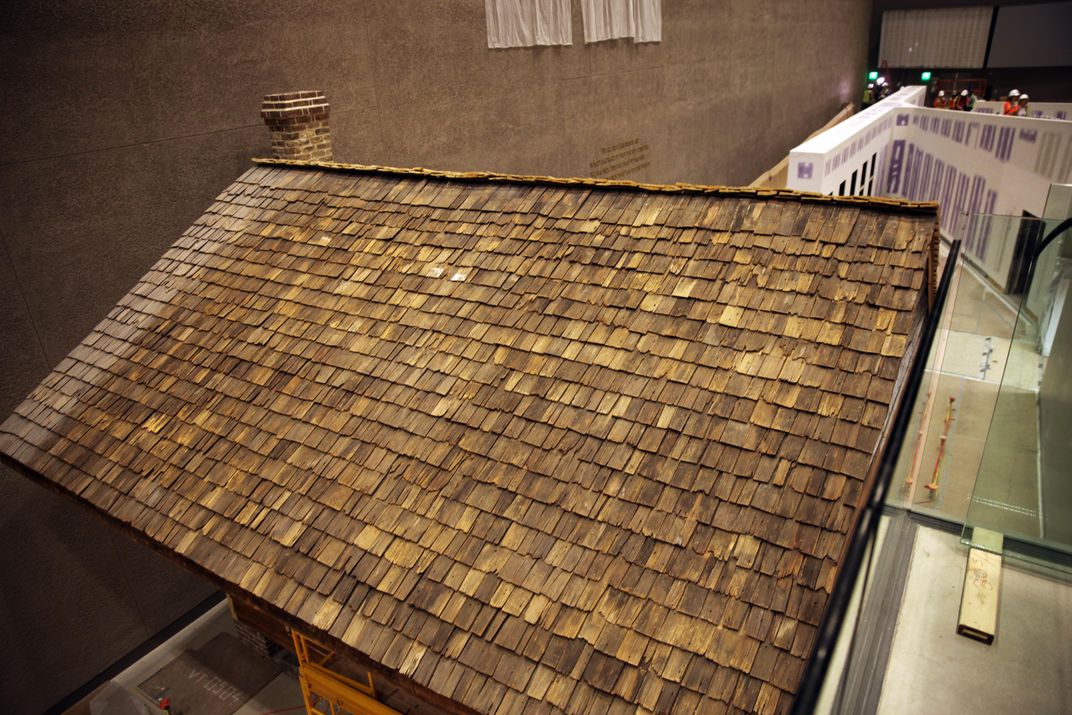
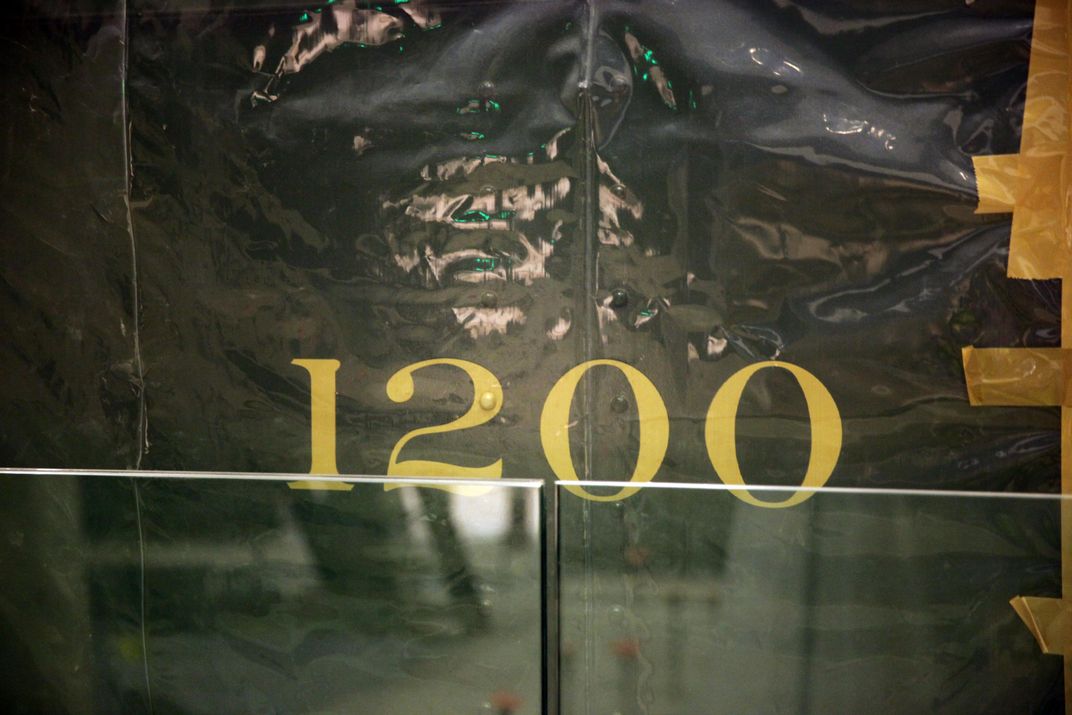
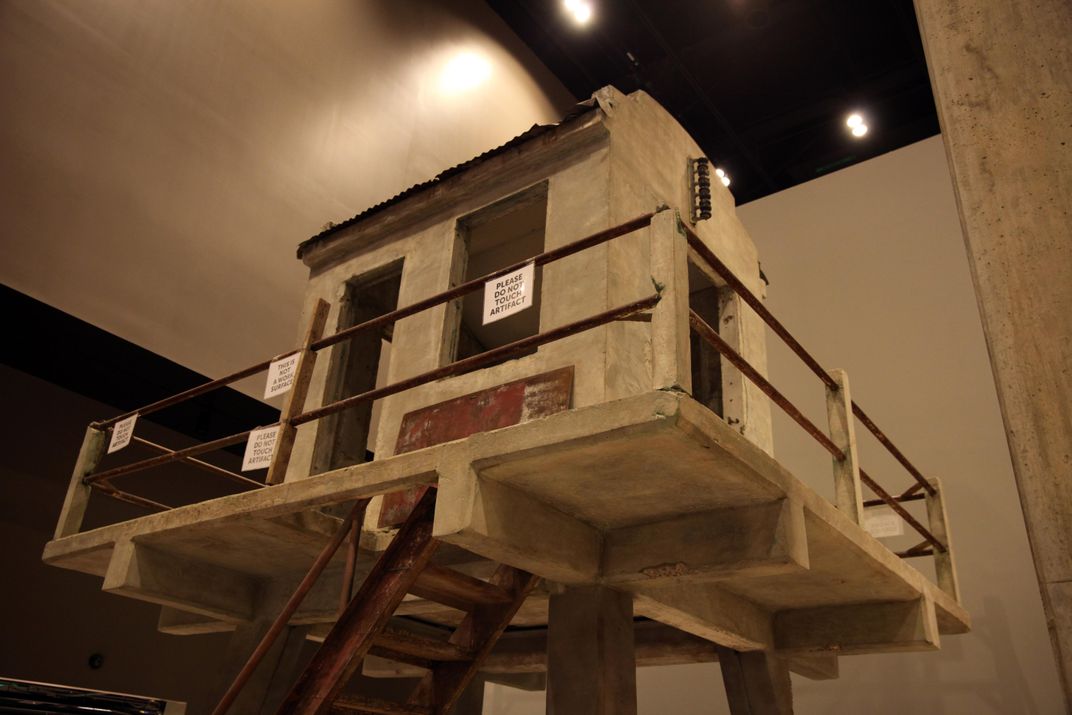
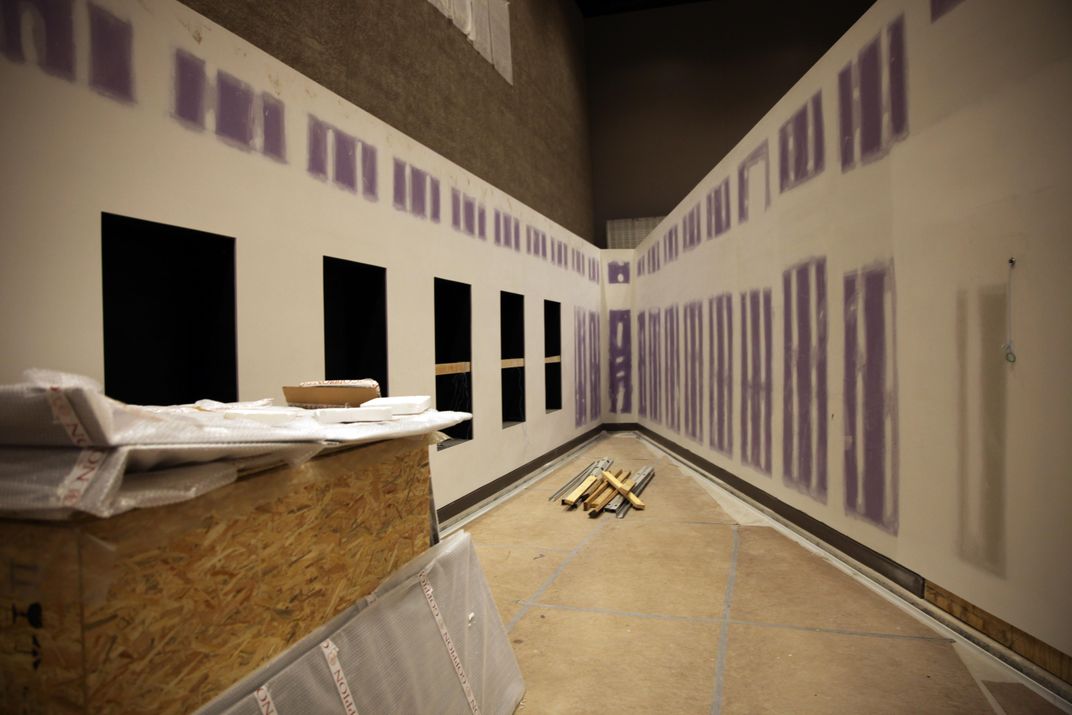
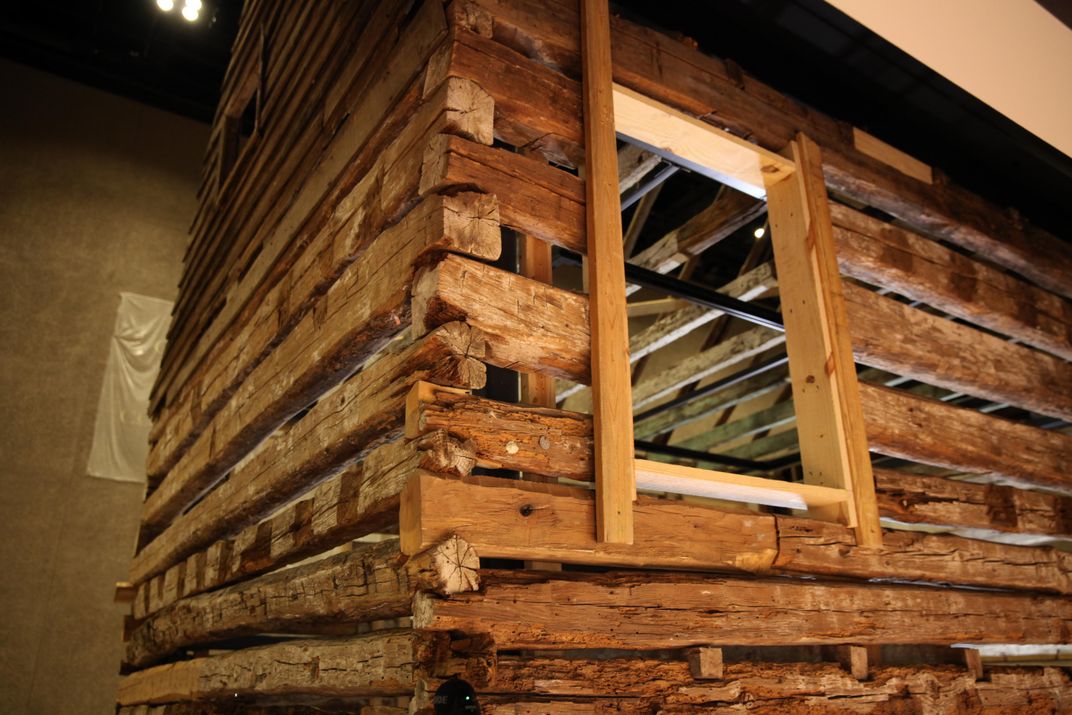
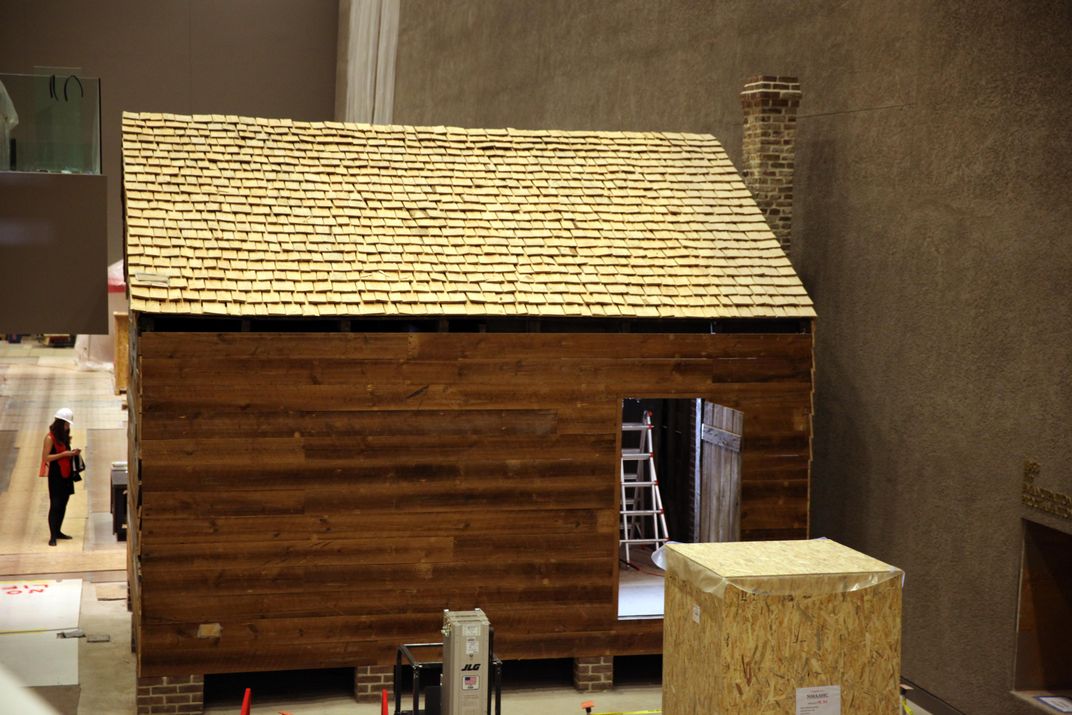
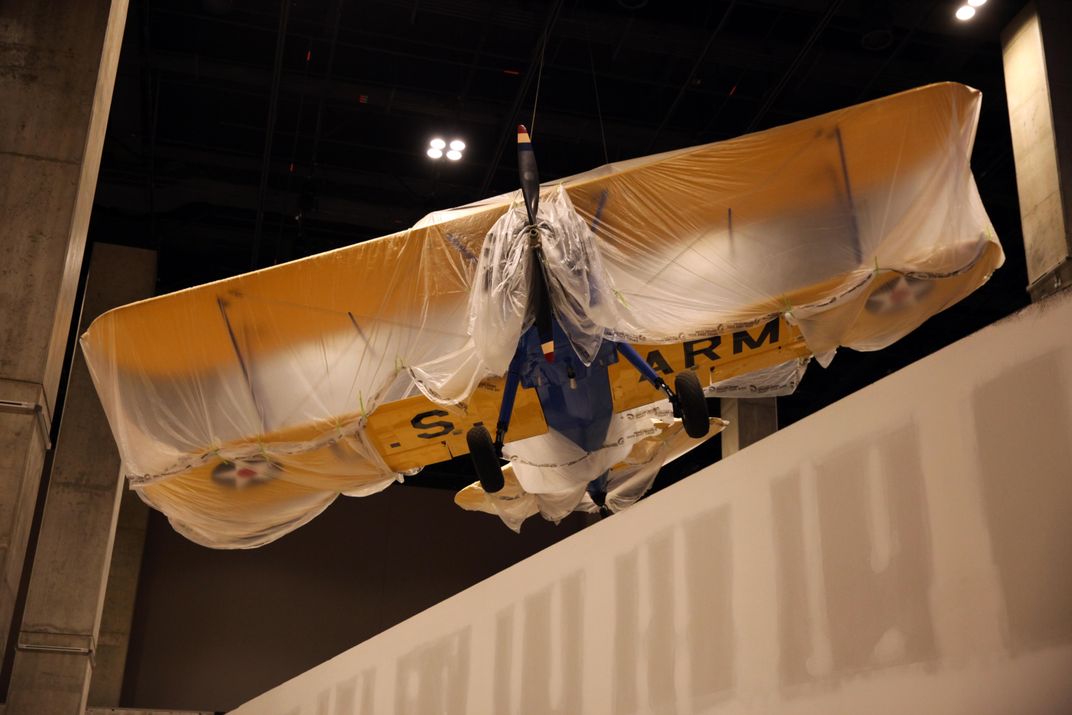
/https://tf-cmsv2-smithsonianmag-media.s3.amazonaws.com/accounts/headshot/Beth_Head_Shot_High_Res-14-v2.png)